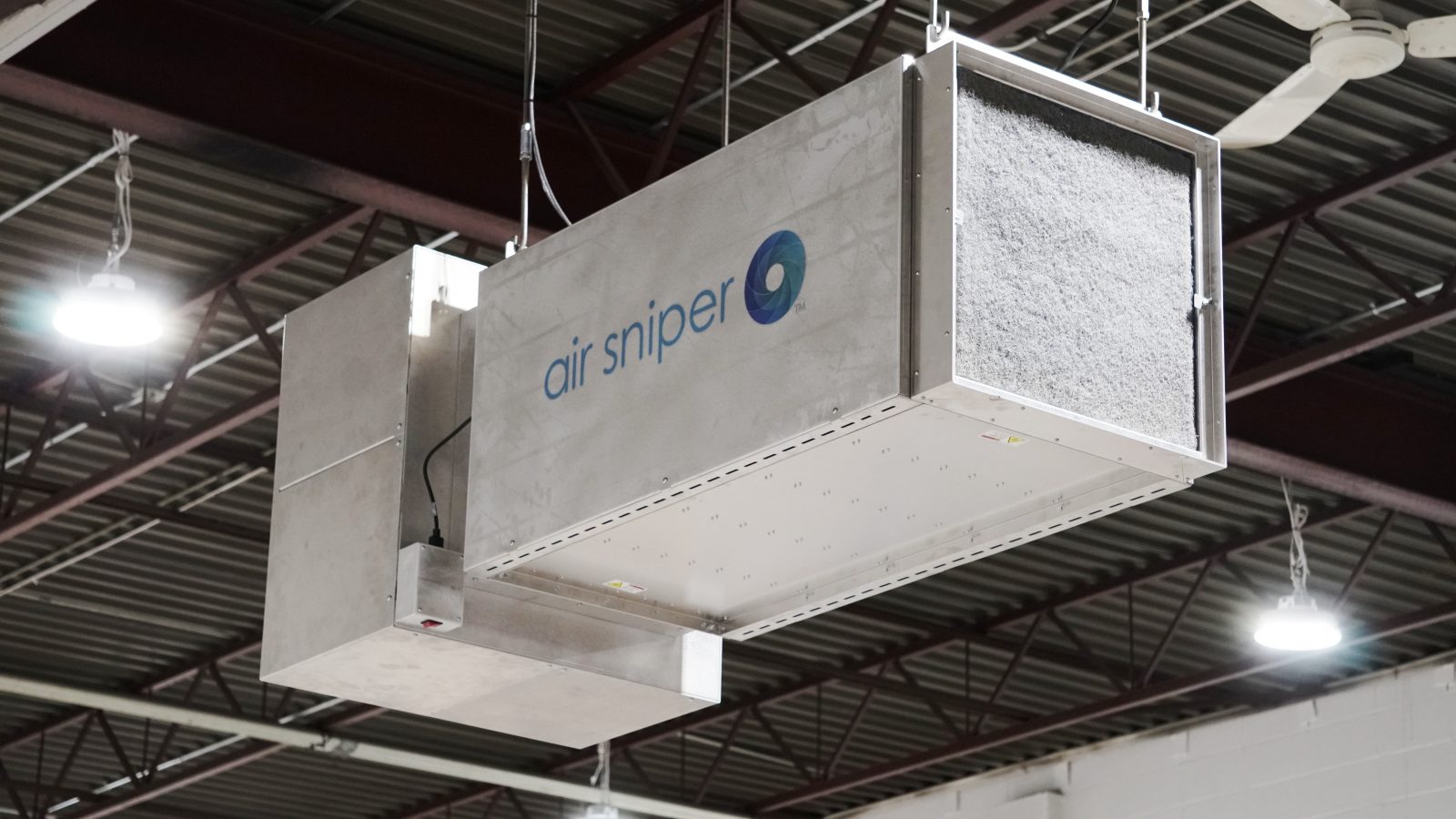Although UVC technology has been an approved air sanitization technique since the 1930s, there is still a fair amount of surprise and intrigue in this “new” technology. Certainly, no small part of this interest comes from the recent COVID-19 pandemic, which saw countries around the world have to acknowledge the power and danger present in the microorganic world.
But, regardless of the origins or applications of UVC technology is the potential power it has to wield for future pandemics. That is to say that we may find UVC technology to be an even more important part of the equation than we thought. But, to understand why UVC technology may be helpful in the future, we must first understand why it is helpful in the present.
The Factors That Make UVC Technology Effective
When discussing the effectiveness of UVC technology and its associated equipment, four key factors must be discussed. These are the intensity, proximity, dwell time and CFM factors that make air sanitization equipment so effective. They exist in complementary pairs, which we explain in further detail down below.
The Complementary Pairing of CFM and Dwell Time
The dwell time of UVC air sanitization equipment refers to its ability to keep harmful microorganisms within the destructive zone of the device. By contrast, the cubic feet per minute (CFM) of the equipment is a measure of its ability to move volumes of air and disinfect a space. Together, these factors balance one another, ensuring that harmful airborne contaminants are held in the space long enough to be deactivated by the UVC light, but not so long that the equipment can’t effectively purify and sanitize a space.
The Complementary Pairing of Intensity and Proximity
The intensity of UVC air sanitization technology refers to the amount of germicidal UVC light present in the equipment at a given time. Much like the pairing above, the proximity of this technology is an oppositional measurement. It measures the closeness of the UVC bulbs within the device. It is important to balance these factors against one another so that the intensity of a bulb isn’t wasted irradiating the same space as the bulb next to it and to prevent gaps in affected space within the equipment.
How UVC Technology Can Be Leveraged in the Future
As is plain to see, the power of UVC technology is contained within its measurable factors. That doesn’t diminish it in any way, but it does offer clues to how the technology may be used to better effect in the future. By working within these constraints to better the technology, larger units may be made to affect larger spaces faster, or perhaps more efficient devices can be implemented instead. Whatever the future may hold, it is nice to know that companies like Air Sniper will be here to continue innovating and improving on helpful technologies like UVC supplementary air sanitization equipment.

